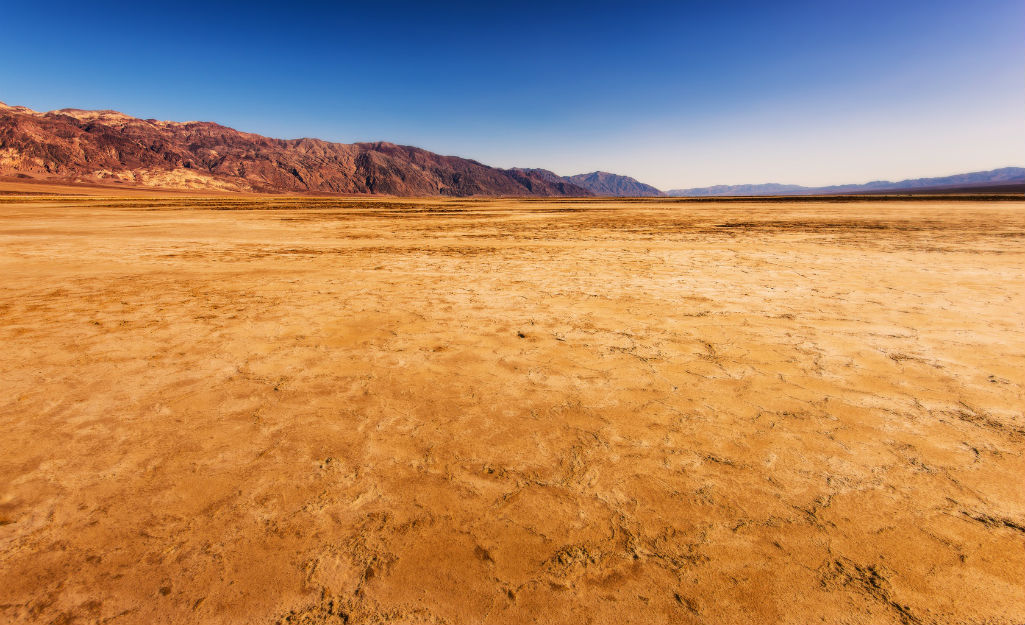
Land subsidence is the act of land moving downward, or subsiding. In many cases, land subsidence can signify the formation of a sinkhole, which you can read about in this article. Land subsidence could also signify the presence of an expansive clay.
To understand the need for land subsidence testing and monitoring, think of the need for both MRIs and X-rays. Just because a patient says his shoulder hurts doesn’t mean a surgeon should immediately cut into that shoulder. First, a doctor confirms his suspicions by imaging the impacted area of the body. In the same way, the right tools can help you understand if an area is prone to land subsidence.
For example, in areas of Austin, Texas, there’s a large presence of clay soils that swell and shrink seasonally, which can cause significant problems for roads and buildings there.
Clay has very low resistivity and thus shows up well in electrical resistivity tests. That’s why many builders and developers have now turned to geophysical testing to look for subsidence before breaking ground on a particular project. Below, we’ll walk through why using electrical resistivity imaging is ideal for land subsidence testing as well as the process one would take to test for subsidence.
Electrical Resistivity Imaging For Ground Subsidence Testing
You don’t want to have to drill boreholes every five feet across an entire property. This would be a tremendous waste of both time and resources. It’s far easier to drill every 25-30 feet and interpret between the boreholes. For example, if you took a scan of a section of a property and the resistivity image showed you 50 colors (each signifying a different resistivity), you’d be able to match the resistivity values across boreholes and reasonably assume that the data is cross-correlated. So in the end, by using electrical resistivity imaging, you’d save money and have a far easier time in your land subsidence testing process.
How To Test For Land Subsidence Before Breaking Ground
- Use electrical resistivity imaging to map the entire property or a portion of the property. Learn more about the steps a consultant would go through to gather this data in this article.
- Use EarthImager 2D or 3D software to process the raw field data. EarthImager gives you either a 2D slice or a 3D volume that is color coded so you can best see where the clay zones are.
- Decide on the targets for drilling based on the EarthImager data.
- Take a core sample from the target area to examine soil properties. Depending on the area and the project, a civil engineer may examine the plasticity index or the Atterberg limit of a soil sample from the target drilling area. The numeric values they find through the soil sample make an impact on building method, property value, load bearing ability, the type of structures that can be built, how the foundation should be constructed, and whether or not you need to remediate the clay to protect it from future subsidence.
A Final Piece Of Advice
Consultants are often brought in to perform ground subsidence tests for structural engineers, builders, and land owners. They use their expert opinions and training to gather and interpret the data and provide their customer with the best value option.
A good consultant will often begin a project by doing a record search of neighboring properties to see what information is available before coming up with a plan for geophysics that will fit your budget and your goals. If they encourage you to do a ground penetrating radar (GPR) test—which images the subsurface based on the radar attenuation of the various layers of earth—the test will not be effective in a clay-heavy area. An electrical resistivity survey can penetrate and image a clay layer, but the radar waves of the GPR cannot penetrate the conductive material, and can therefore not image the clay. So in the end, a GPR survey may not be a time- (or money-) saver.
Do you need to conduct an electrical resistivity survey?
If you need to conduct a land subsidence test, using an electrical resistivity survey is an effective way to gather your drilling targets and provide you with more information.
Advanced Geosciences Inc. (AGI) is the leading developer and manufacturer of geophysical imaging systems. Since 1989, we’ve been producing state-of-the-art electrical resistivity meters and products for induced polarization (IP) imaging. If you conduct your electrical resistivity survey using an AGI imaging system, our staff will be there to help you from start to finish with free technical support.
Ready to discuss your project?

